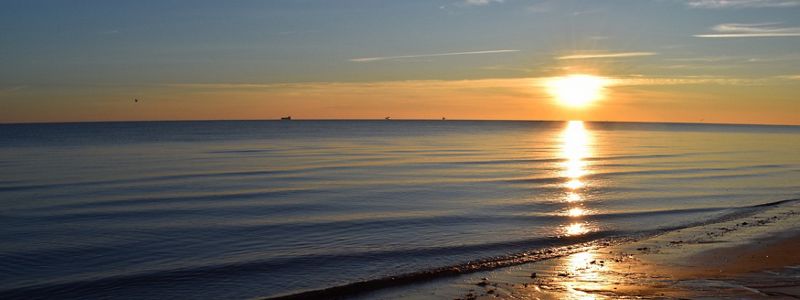Description
Milford Neck's landscape can be described as a mosaic of undeveloped beaches and dunes, shifting shorelines, vast tidal marshes, island hammocks, swamp, upland forests and open farmland. These lands are owned and managed by the State of Delaware, TNC, Delaware Wild Lands, private individuals and others. Together, these landowners conserve one of the First State’s most spectacular natural areas.
Milford Neck offers prime habitat for more than a million migratory shorebirds that visit each spring to feed on eggs laid by horseshoe crabs that converge on Delaware Bay to spawn. The area also stands out for its forests. Though interrupted by scattered farms, this is the only remaining forested area greater than 1,000 acres on the entire coast of Delaware. It provides crucial habitat for species that require large, open tracts of forest for part or all of their life cycles.
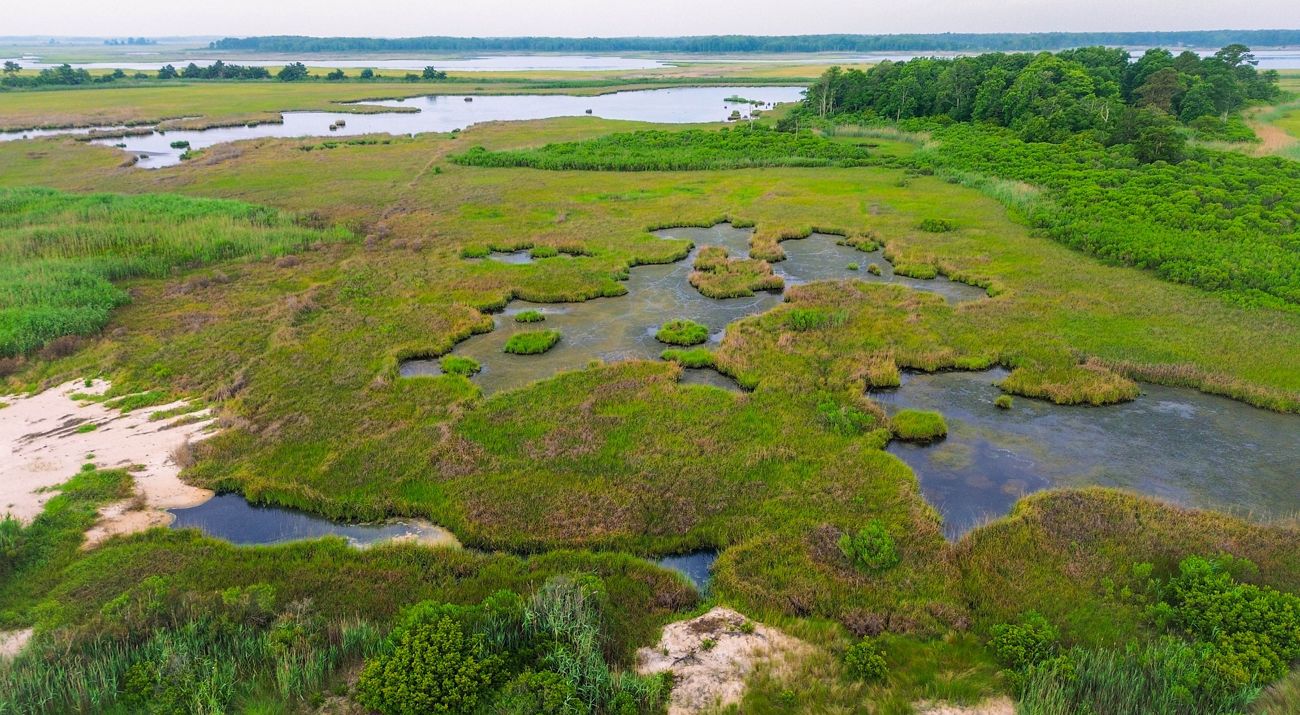
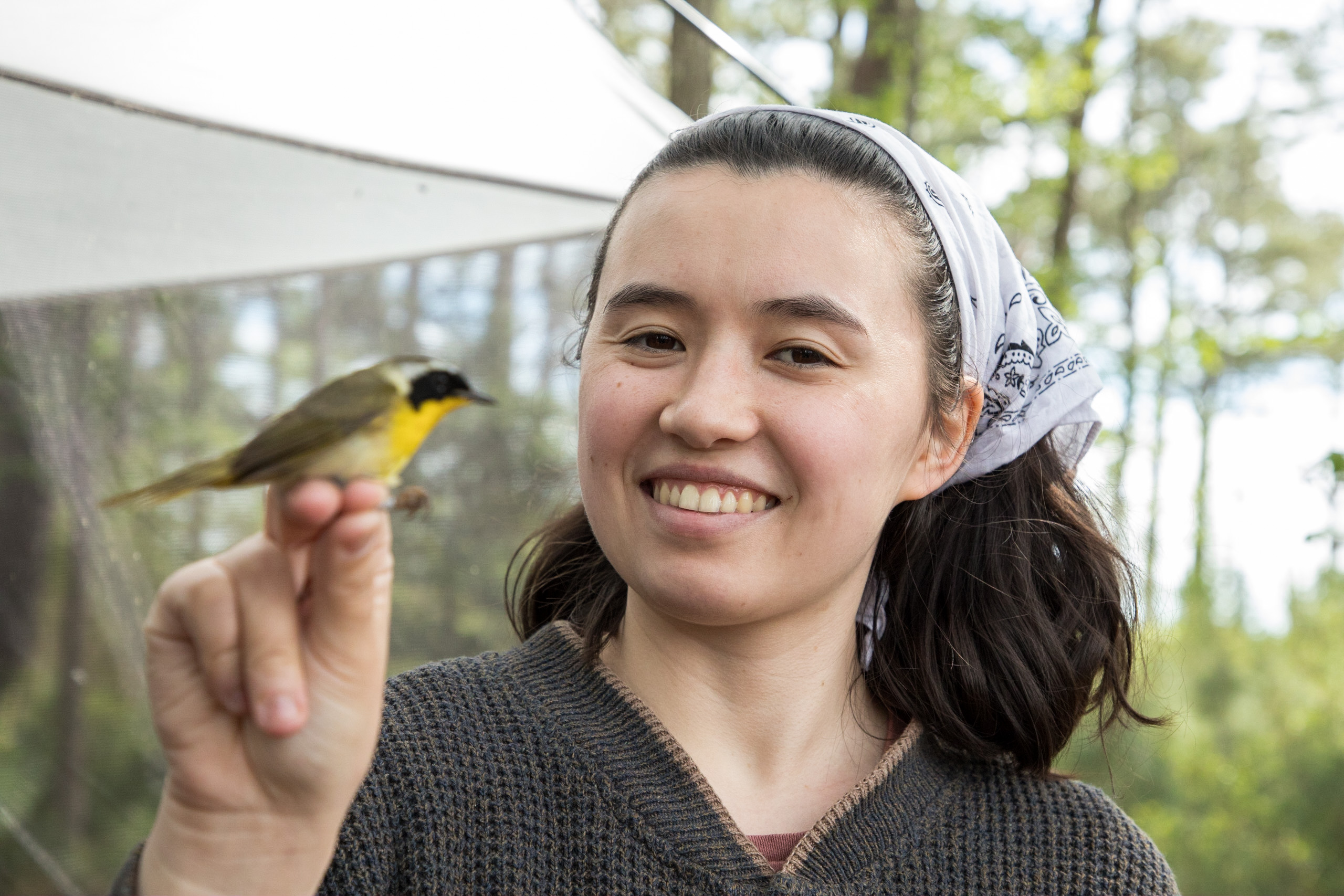
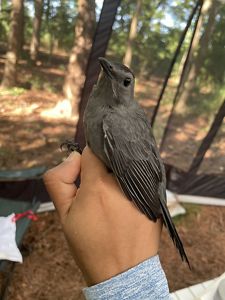
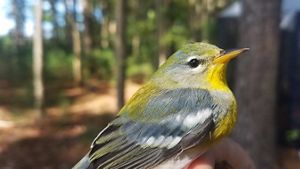
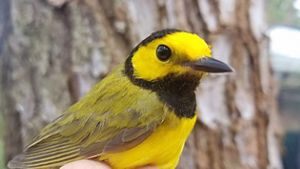
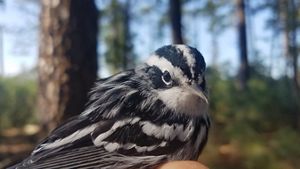
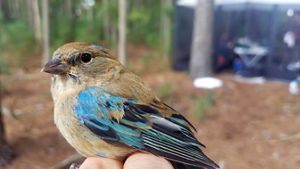
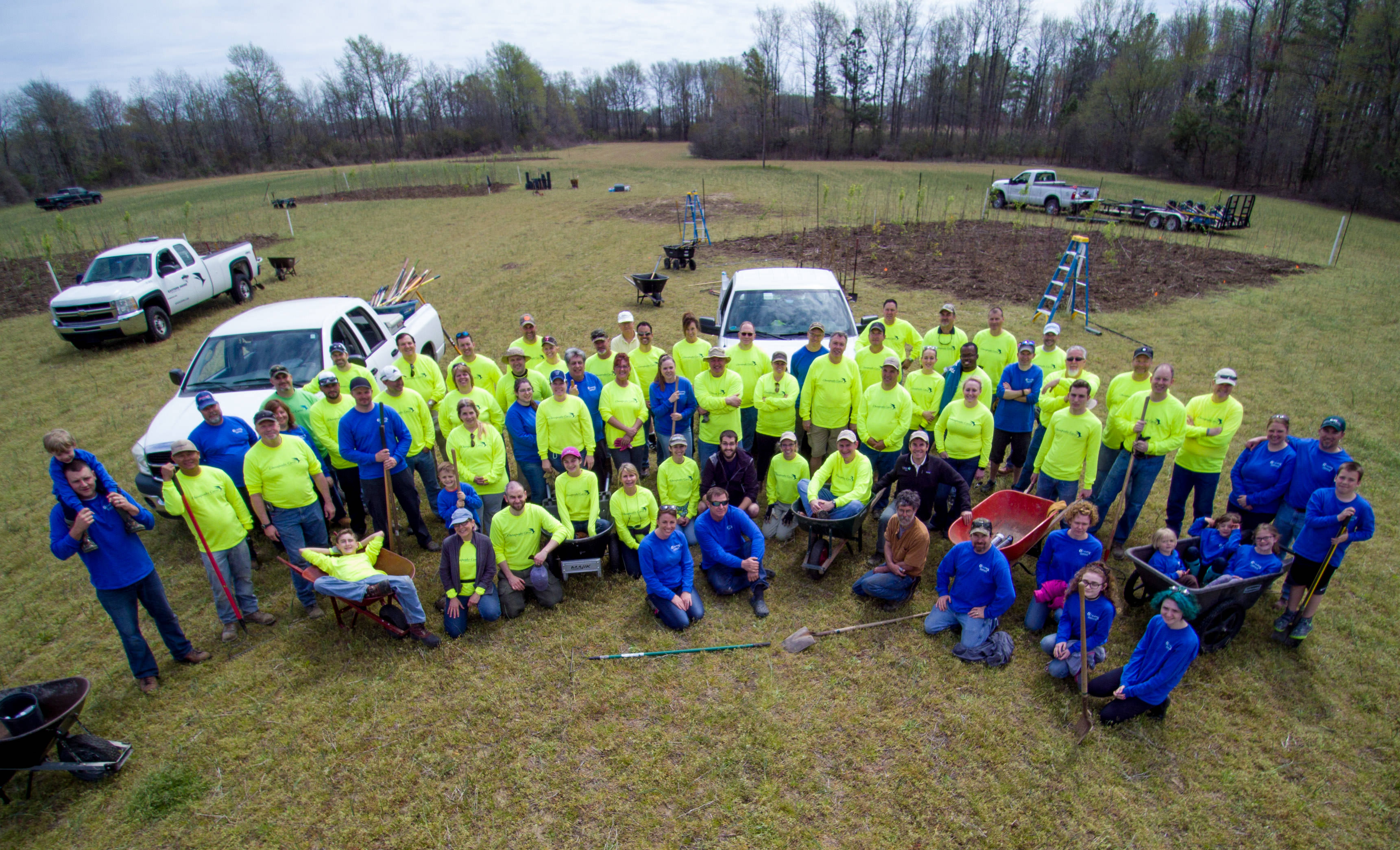
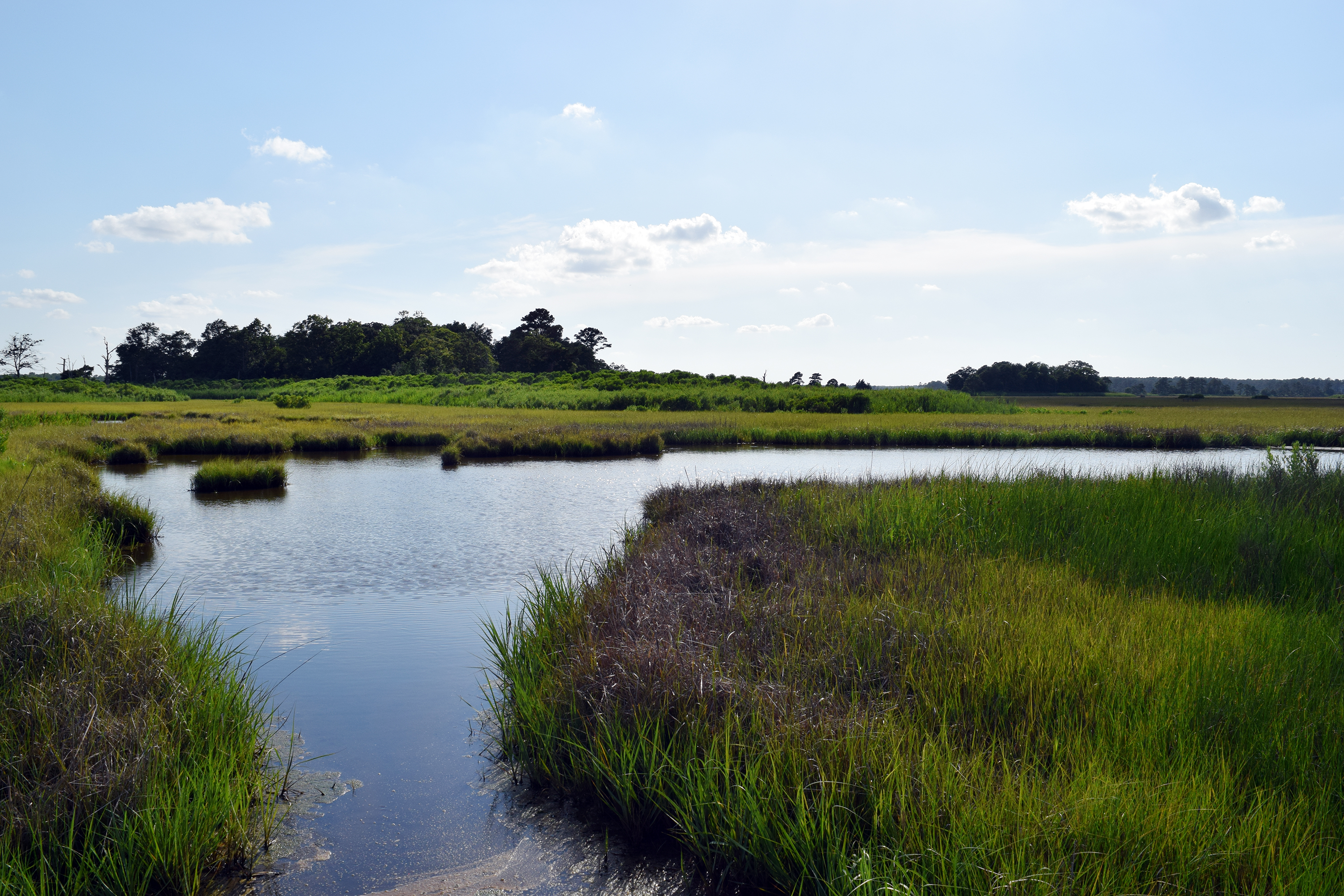
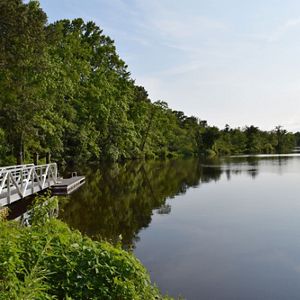

_TNC_4000x2200.jpg?crop=900%2C0%2C2200%2C2200&wid=300&hei=300&scl=7.333333333333333)

